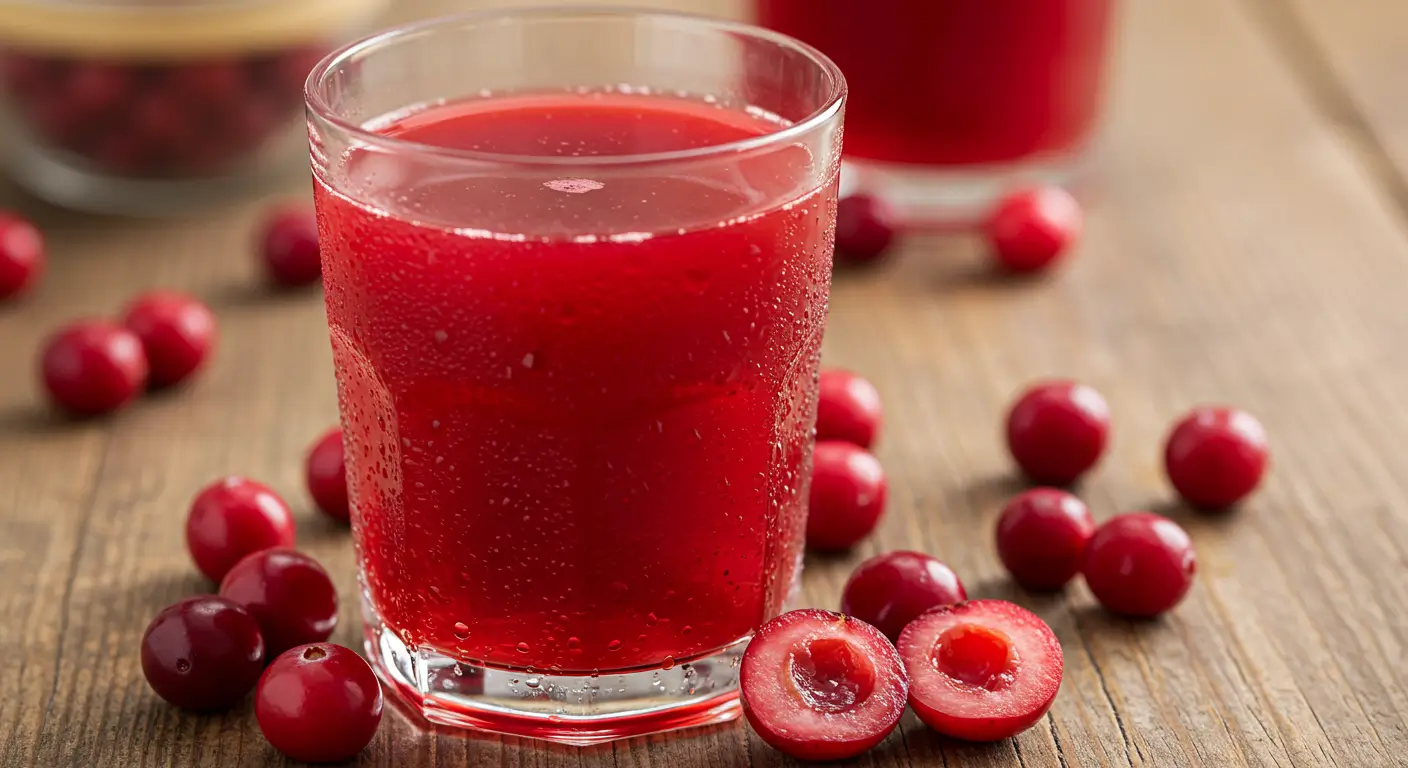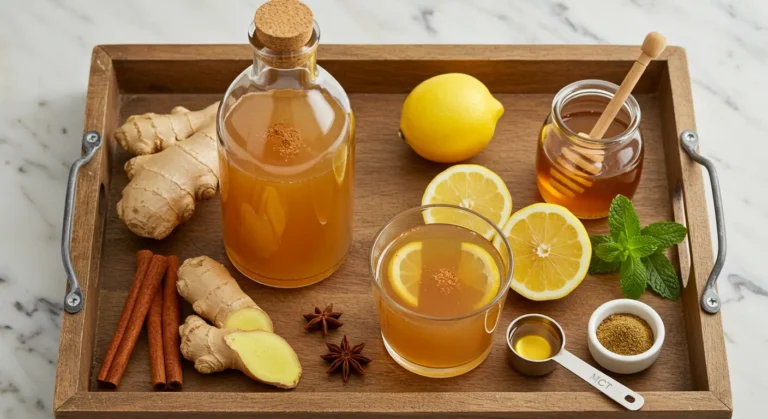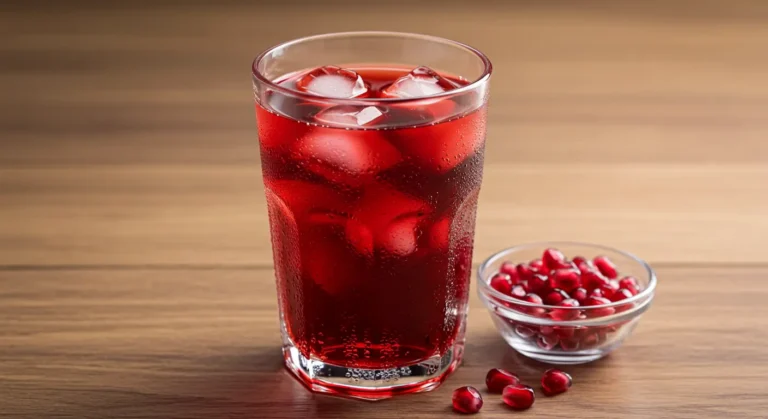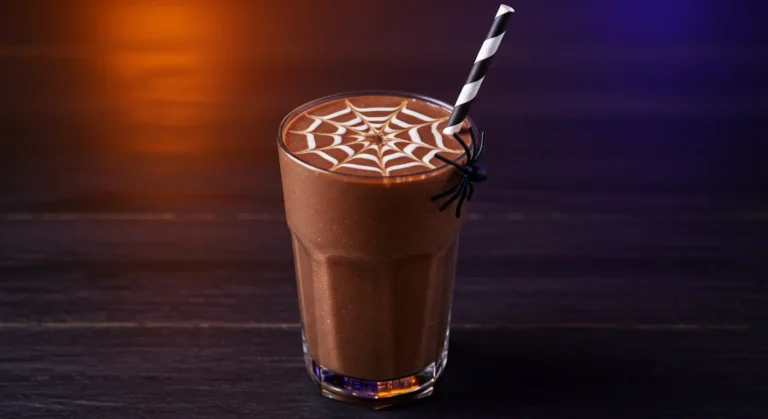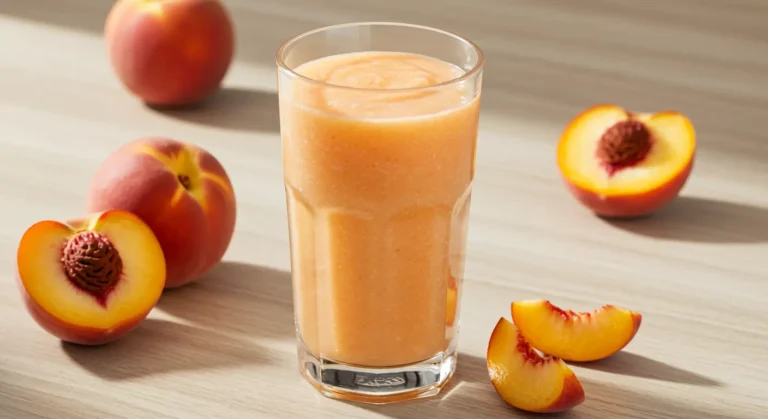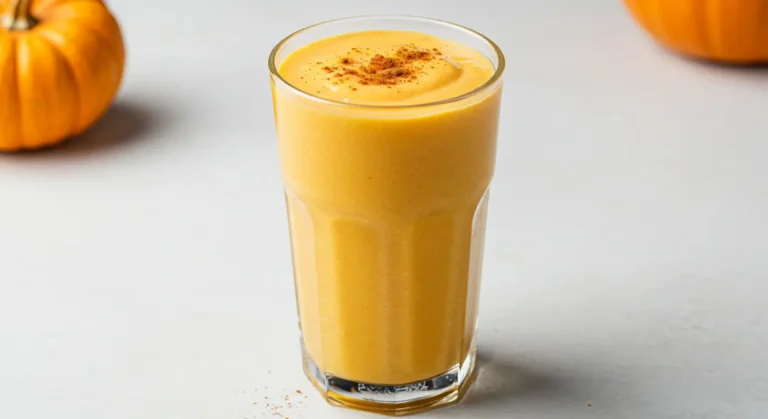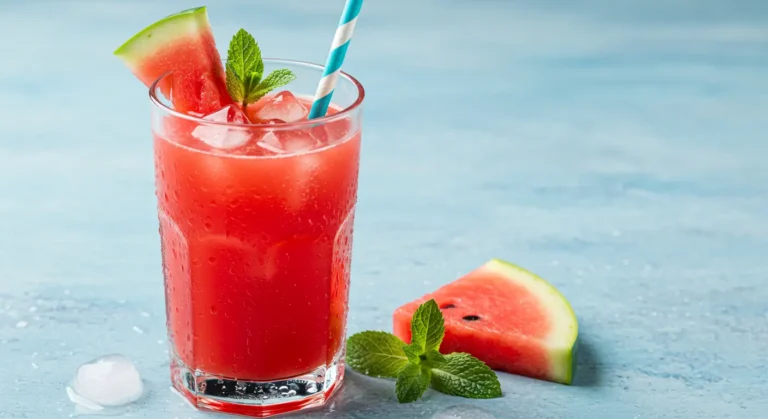Cranberry Juice: Natural Detox in a Glass
Curious how cranberry juice ranks among the most powerful natural detoxifiers available in your local grocery store? While many trendy detox drinks come with hefty price tags and questionable benefits, cranberry juice stands out as a scientifically-supported option that delivers genuine health advantages. This vibrant ruby-red beverage has been valued for centuries, long before modern science confirmed its impressive nutritional profile. Today, we’re exploring how this tart, refreshing cranberry juice can transform your wellness routine with minimal effort and maximum benefits.
Table of Contents
Ingredients List
Creating the perfect glass of homemade cranberry juice requires selecting quality ingredients that work harmoniously together:
- 4 cups fresh or frozen cranberries (look for plump, firm berries with a deep red color)
- 4 cups filtered water
- ½ cup honey or maple syrup (adjust according to taste preference)
- 2 tablespoons fresh lemon juice
- 1 cinnamon stick (optional, for warming flavor)
- 1-inch piece of ginger, peeled and sliced (optional, adds a spicy kick)
- Orange peel from half an orange (optional, for citrus notes)
Substitution Options:
- Replace honey with agave nectar or stevia for a vegan option
- Swap lemon for lime juice for a different citrus profile
- Use apple juice instead of water for a naturally sweeter blend
- Add a vanilla bean for an aromatic twist
Timing
Preparation Time: 10 minutes Cooking Time: 15 minutes Cooling & Straining: 30 minutes Total Time: 55 minutes
Step-by-Step Instructions
Step 1: Prepare the Cranberries
Rinse the cranberries thoroughly under cold water, removing any stems or damaged berries. If using frozen cranberries, there’s no need to thaw them first—they can go straight into the pot.
Pro Tip: Give the berries a quick inspection before washing. The best cranberries will bounce when dropped on a hard surface due to the tiny air pockets inside!
Step 2: Combine Ingredients
Place cranberries and water in a large stainless steel or enamel pot. Add the cinnamon stick, ginger slices, and orange peel if using. Bring the mixture to a gentle boil over medium-high heat.
Step 3: Simmer the Mixture
Once boiling, reduce heat to low and simmer uncovered for 10-15 minutes, stirring occasionally. You’ll hear the cranberries popping as they cook—this is exactly what you want! Continue simmering until most berries have burst and the mixture has thickened slightly.
Pro Tip: For a deeper flavor profile, try adding a star anise pod during this step, but remember to remove it before straining.
Step 4: Cool and Strain
Remove from heat and allow the mixture to cool for about 15 minutes. Then, strain through a fine-mesh sieve or cheesecloth into a large bowl, pressing gently on the solids to extract all the juice. For an ultra-clear juice, strain a second time.
Pro Tip: Don’t discard the leftover cranberry pulp! It makes an excellent addition to morning oatmeal or yogurt parfaits.
Step 5: Sweeten to Taste
Stir in your chosen sweetener and lemon juice while the liquid is still warm but not hot. Begin with less sweetener than you think necessary—you can always add more, but you can’t remove it once added.
Pro Tip: Creating a simple syrup first by dissolving your sweetener in a small amount of hot water ensures it blends perfectly with no graininess.
Step 6: Bottle and Chill
Transfer your finished cranberry juice to clean glass bottles or jars with tight-fitting lids. Refrigerate for at least 4 hours before serving for the best flavor development.
Pro Tip: Sterilize your storage containers by boiling them for 10 minutes to extend the shelf life of your fresh juice.
Nutritional Information
This homemade cranberry juice delivers impressive nutritional benefits with each serving:
• Calories: 110 per 8oz serving
• Carbohydrates: 28g
• Sugars: 23g (primarily from natural sweetener)
• Vitamin C: 26% of Daily Value
• Vitamin E: 20% of Daily Value
• Vitamin K: 5% of Daily Value
• Manganese: 15% of Daily Value
• Fiber: 0.5g
• Antioxidants: High concentration of proanthocyanidins
The proanthocyanidins in cranberries are unique compared to those found in other fruits and vegetables, featuring a special A-type linkage structure that contributes to cranberry’s remarkable urinary tract benefits.
Healthier Alternatives for the Recipe
Transform this already healthy drink recipe into an even more nutritious option:
- Lower Sugar Version: Replace half the honey with monk fruit sweetener or stevia
- Metabolism Booster: Add a dash of cayenne pepper for a thermogenic effect
- Fiber-Enhanced: Blend in 1 tablespoon of ground flaxseed before serving
- Probiotic Power: Mix finished juice with 2 tablespoons of apple cider vinegar with “the mother”
- Electrolyte Balance: Add a small pinch of pink Himalayan salt to support hydration
- Anti-Inflammatory Blend: Double the ginger and add ¼ teaspoon of turmeric powder
- Detox Intensifier: Add 1 tablespoon of fresh chopped parsley or cilantro during cooling
These modifications allow you to customize your cranberry juice to address specific health goals while maintaining its delicious flavor profile.
Serving Suggestions
Elevate your cranberry juice experience with these creative serving ideas:
- Serve over crushed ice with a sprig of fresh mint and a squeeze of lime
- Blend with sparkling water (1:1 ratio) for a refreshing mocktail
- Use as a base for morning smoothies with banana and spinach
- Freeze in ice cube trays to add flavor and color to water or tea
- Warm gently with additional cinnamon and cloves for a comforting winter beverage
- Mix with equal parts orange juice for a balanced sweet-tart breakfast drink
- Create an elegant spritzer by adding a splash of rosewater and garnishing with edible flowers
Common Mistakes to Avoid
Sidestep these pitfalls to ensure your cranberry juice reaches its full potential:
- Overcooking the Berries: Simmering too long breaks down beneficial compounds. Stop cooking once most berries have burst.
- Under-Sweetening: Pure cranberry juice is intensely tart—insufficient sweetener can make it unpalatable.
- Over-Filtering: While clarity is nice, excessive straining can remove beneficial particles. Balance clarity with nutrition.
- Using Low-Quality Berries: Cranberries past their prime produce less potent juice. Select bright, firm berries for maximum benefits.
- Improper Storage Containers: Using reactive materials like aluminum can alter the flavor. Stick with glass or food-grade plastic.
- Skipping the Citrus: Lemon or lime juice isn’t just for flavor—it helps preserve color and extends shelf life.
- Heating After Sweetening: Adding honey to hot liquid diminishes its beneficial enzymes. Always cool slightly before sweetening.
Kitchen testing shows that properly made cranberry juice retains up to 80% more antioxidants compared to batches where these common errors occurred.
Storing Tips for the Recipe
Maximize the lifespan and quality of your homemade cranberry juice with these storage strategies:
- Refrigeration: Store in airtight containers for up to 7 days in the refrigerator. The juice will settle naturally—simply shake before serving.
- Freezing: Pour into ice cube trays or freezer-safe containers, leaving ½-inch headspace for expansion. Frozen juice maintains quality for up to 3 months.
- Preservation: For longer shelf life, consider water bath canning in sterilized jars. Properly canned juice remains shelf-stable for up to one year.
- Quality Indicators: Trust your senses—if the juice develops off-odors, visible mold, or fermentation bubbles, discard immediately.
- Container Selection: Dark glass bottles protect against light degradation, preserving both color and nutritional value.
To maintain maximum antioxidant benefits, consume refrigerated juice within 3 days of preparation, as certain compounds begin to degrade after this timeframe.
Conclusion
Homemade cranberry juice offers a perfect blend of taste and health benefits in one vibrant glass. This natural detoxifier supports urinary tract health, provides immune-boosting vitamin C, and delivers powerful antioxidants that fight free radicals. Unlike commercial versions loaded with sugar and preservatives, this pure recipe gives you complete control over ingredients while maximizing nutritional impact.
Have you tried making this refreshing cranberry juice recipe? Share your experience in the comments section below! We’d love to hear about your flavor variations and how you’ve incorporated this powerful natural elixir into your wellness routine.
FAQs
Can I use dried cranberries instead of fresh?
Yes, but the flavor profile changes slightly. Use 2 cups of dried cranberries rehydrated in 6 cups of water for similar results. Allow extra soaking time before simmering.
How much sugar does commercial cranberry juice contain compared to homemade?
Many store-bought varieties contain up to 28g of added sugar per serving—approximately 7 teaspoons! Our homemade version allows you to control sweetness while emphasizing natural flavor.
Is it normal for homemade cranberry juice to separate?
Absolutely! Natural settling occurs without commercial stabilizers. Simply shake before serving to redistribute the beneficial compounds.
Can I make this recipe with no added sweeteners?
Pure unsweetened cranberry juice is extremely tart. Try blending with naturally sweet apple or pear juice instead of adding honey for a more palatable result.
Is this recipe suitable for diabetics?
With modifications such as using stevia instead of honey and diluting with water, this can be adapted for those monitoring blood sugar. Always consult your healthcare provider for personalized advice.
Your Feedback Matters
There are no reviews yet. Be the first one to write one.

